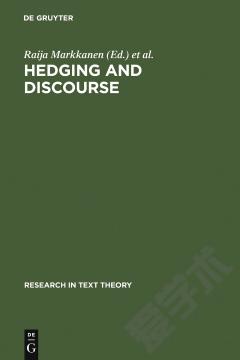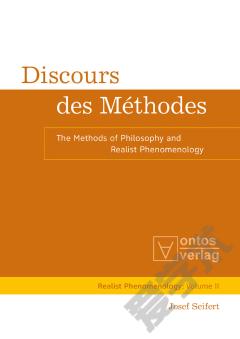A Discourse Analysis of Philippians —— Method and Rhetoric in the Debate over Literary Integrity
----- 腓力比人的话语分析
The first part of this work sets forth a workable hermeneutic of linguistic discourse analysis for Hellenistic Greek texts. The second part applies this model to Paul's letter to the Philippians with respect to the issue of its literary integrity. Does the canonical Philippians represent one original letter written by Paul or a later compilation of two or more originally separate letters? Chapter 1 introduces the linguistic theory of discourse analysis, defining key terms, sketching its historical evolution, and outlining four major tenets: (i) analysis of the production and processing of discourse; (ii) analysis beyond the sentence; (iii) analysis of social functions of language use; and (iv) analysis of cohesiveness. Chapter 2 sets forth a model of discourse analysis primarily based on the systemic-functional theories of M. A. K. Halliday, with particular attention given to the three meta-functions of language- ideational, interpersonal, and textual. Chapter 3 outlines the debate over the literary integrity of Philippians by discussing the origin of the debate, its subsequent development, and its current status. Evidence is then presented from both sides of the debate, revolving around five key issues: (i) the transition to Phil 3; (ii) the so-called `thank you' note in 4: 10-20; (iii) other internal linguistic evidence; (iv) external, extra-biblical sources; and (v) the redactor's motives. Chapter 4 inspects the genre (structure) of Philippians, challenging rhetorical approaches to the text and proposing instead an epistolary classification, viz. `personal, hortatory letter'. Each epistolary formula is then analysed, with special attention given to Phil 3: 1 and 4: 10-20, two highly disputed areas of the letter. Chapter five focuses on the language and grammar (texture) of the letter, investigating its use of ideational, interpersonal, and textual functions of Hellenistic Greek. In chapter six, relevant issues of biblical hermeneutics are addressed and a single-letter and a double-letter reading of the canonical text are set forth.
{{comment.content}}








 京公网安备 11010802027623号
京公网安备 11010802027623号